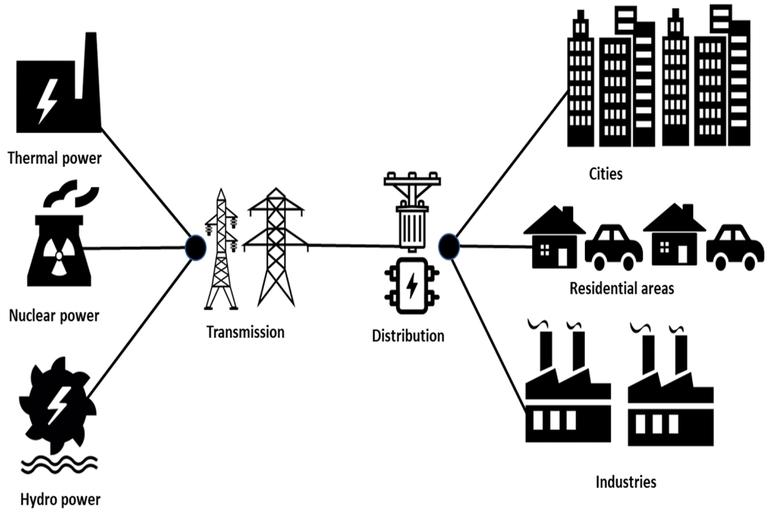Innovation & Tech
Toronto Researchers Develop AI Tool That Predicts Power Outages Before They Happen
A cutting-edge project at the University of Toronto uses machine learning to analyze weather patterns and grid data, helping utilities prevent costly blackouts across the GTA.
June 12, 2025 at 14:20 – By Jordan Patel

Power outages in the Greater Toronto Area could soon become more predictable thanks to a new AI-based tool developed by researchers at the University of Toronto. The software analyzes real-time weather data, grid performance metrics, and historical outage patterns to anticipate disruptions before they happen. According to the development team, the tool uses deep learning models trained on years of electricity usage data and infrastructure logs.
Lead researcher Dr. Sonia Desai explained that the tool can identify vulnerable points in the power grid that are likely to fail under certain conditions. 'During ice storms or heatwaves, utilities can be alerted hours in advance to reinforce specific lines or reroute power dynamically,' she said. Pilot tests with Hydro One have shown a significant reduction in unplanned outages during inclement weather.
The project has received funding from both provincial grants and private energy firms interested in bolstering system resilience. Toronto Hydro has expressed interest in scaling the platform across multiple urban zones once initial testing concludes. If successful, this could mark a significant shift in how Canadian cities prepare for and manage energy disruptions.
Beyond power outages, the AI’s framework is adaptable for broader infrastructure monitoring, including traffic systems and public transit networks. The research team believes their technology could eventually serve as a foundation for smart city planning tools across North America.
Residents who experienced the recent spring blackouts may not notice immediate changes, but the promise of fewer disruptions and faster response times is welcome news. With Toronto’s aging electrical infrastructure under strain from rapid urban development, technological upgrades like these may be key to keeping the lights on in the decades ahead.
As development continues, researchers are actively working with municipal officials and utility providers to fine-tune the algorithm’s precision and scalability. Public rollout is expected by the end of 2026, with real-time dashboards potentially accessible by emergency responders and urban planners alike.